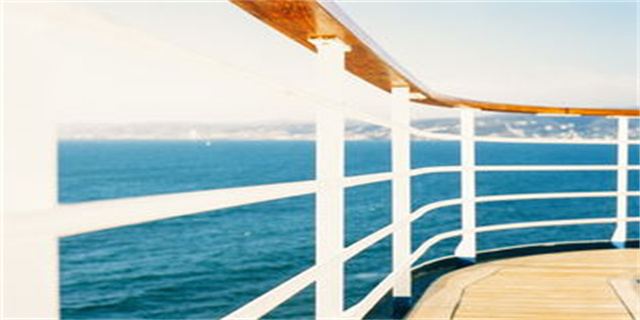最佳答案The Seating Capacity of the A321 Aircraft The Airbus A321 is a narrow-body commercial aircraft used for both short and long-haul flights. With its unique design...
The Seating Capacity of the A321 Aircraft
The Airbus A321 is a narrow-body commercial aircraft used for both short and long-haul flights. With its unique design and high-performance capabilities, this aircraft has become a popular choice among airlines worldwide. One of the factors that make the A321 stand out is its seating capacity. In this article, we will explore the seating arrangements offered by the A321, and how airlines utilize them to maximize passenger comfort and profits.
The Typical Seating Capacity of the A321
The A321 aircraft can accommodate between 185 and 236 passengers, depending on the specific configuration chosen by the airline. The most common arrangement is the two-class layout, with a Business and Economy class. In this configuration, the Business class usually takes up the first four rows of the aircraft, while Economy class fills up the rest of the cabin. The Business class section features spacious seats that can recline fully into a bed, providing extra comfort for long-haul flights. Economy class seats are usually arranged in a 3-3 configuration, with a seat pitch of around 30 inches, providing enough legroom for most passengers.

The Benefits of a High Seating Capacity for Airlines
A higher seating capacity can provide significant benefits for airlines. Firstly, it increases the number of seats available for sale, allowing the airline to maximize its profits. Secondly, it can reduce the cost per seat, as the fuel and maintenance costs spread over a larger number of passengers. Finally, a larger seating capacity can enable airlines to offer more competitive fares, attracting more customers and increasing market share.
The Challenge of Balancing Seating Capacity and Passenger Comfort
While a higher seating capacity can be beneficial to airlines, it can also pose a challenge to providing adequate passenger comfort. Airlines need to find a balance between the number of seats and the space allotted to each passenger. A cramped and uncomfortable cabin can lead to dissatisfaction and negative reviews from passengers, ultimately affecting the airline's profitability and reputation. For this reason, airlines need to consider passenger comfort when designing their seating layouts, even when aiming for a high seating capacity.

In conclusion, the A321 aircraft can accommodate a significant number of passengers, making it an attractive option for airlines that want to maximize their profits. However, while a high seating capacity can be beneficial, it is essential to consider passenger comfort when designing seating layouts. Ultimately, airlines need to balance profitability with customer satisfaction to ensure their success in a highly competitive industry.






